The Nahdet Misr sculpture, designed by Mahmoud Mokhtar, stands gloriously in central Cairo, bearing witness to Egypt’s history, celebrating Egypt’s past and present. Like Mokhtar, any gifted sculptor brings their subject to life, whether through creating chiseled features or casting them in bronze: sculptures defy the expectations of their onlookers.
Ancient Egypt’s sculptors created some of the most impressive sculptures of the ancient world. This was largely due to the important role sculptors had in ancient Egyptian culture, as they carved for tombstones, temples, and sarcophagi (stone coffins).
The art form has significantly changed over the years due the introduction of modern sculpting techniques and inspirations, but sculptures make their mark in the world, reflecting their place, time, and creators.
Here is a look at some of Egypt’s most talented sculptors that stand influential in their work.
Mahmoud Mokhtar (1891 – 1934)
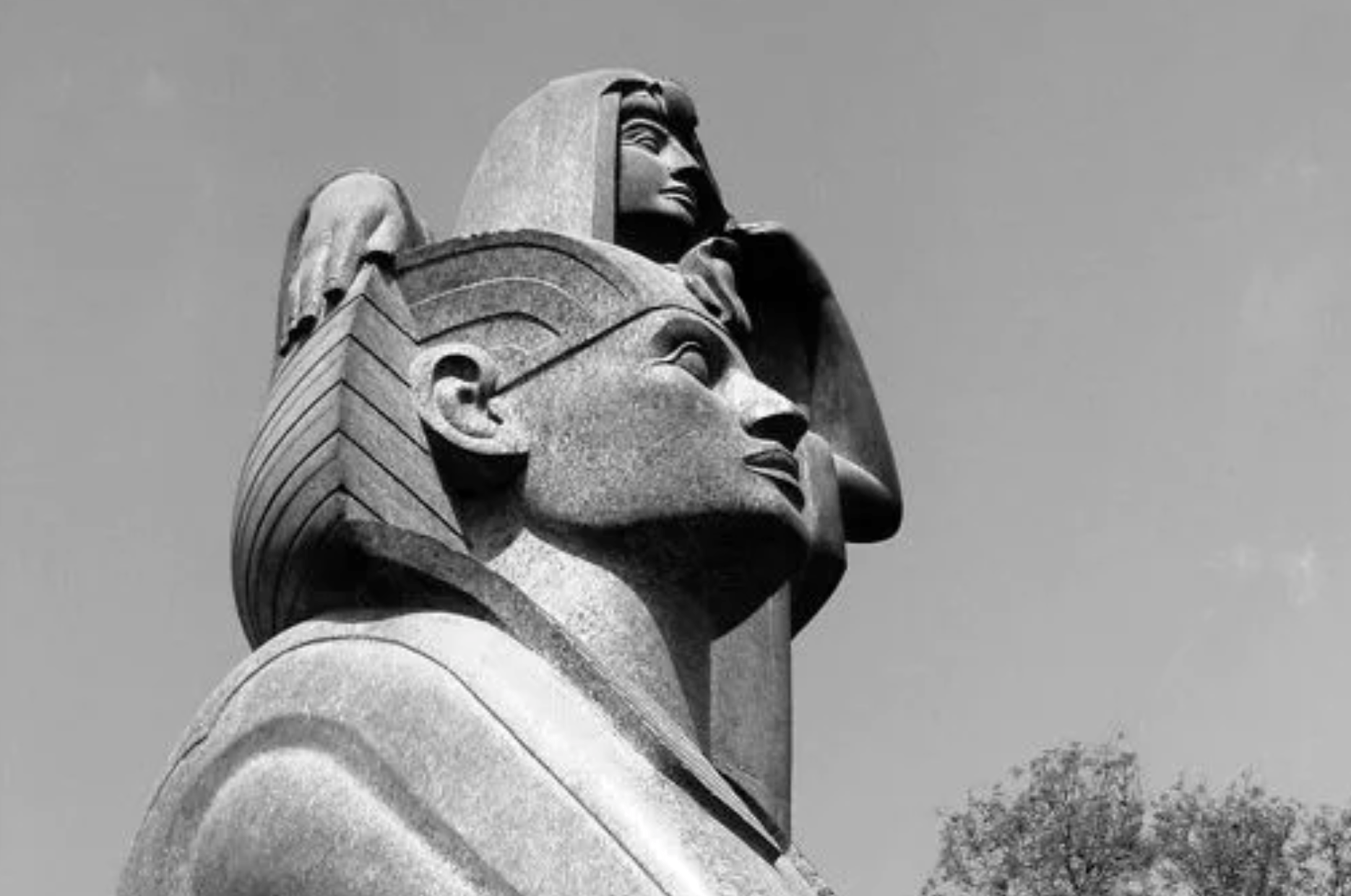
Often referred to as the ‘father of modern Egyptian sculpture,’ Mahmoud Mokhtar is considered Egypt’s most famous and talented sculptor. Mokhtar attended the School of Fine Arts in Cairo when it opened in 1908, and was part of the original pioneers of the Egyptian art movement.
He is credited with signaling the beginning of the Egyptian modernist movement, leaving behind some of Cairo’s most iconic sculptures, the Nahdet Misr (‘Egyptian Renaissance’) statue in front of the Giza Zoo and the ‘Saad Zaghloul’ statue next to Qasr el-Nile Bridge.
Gamal El Sagini (1917 – 1977)
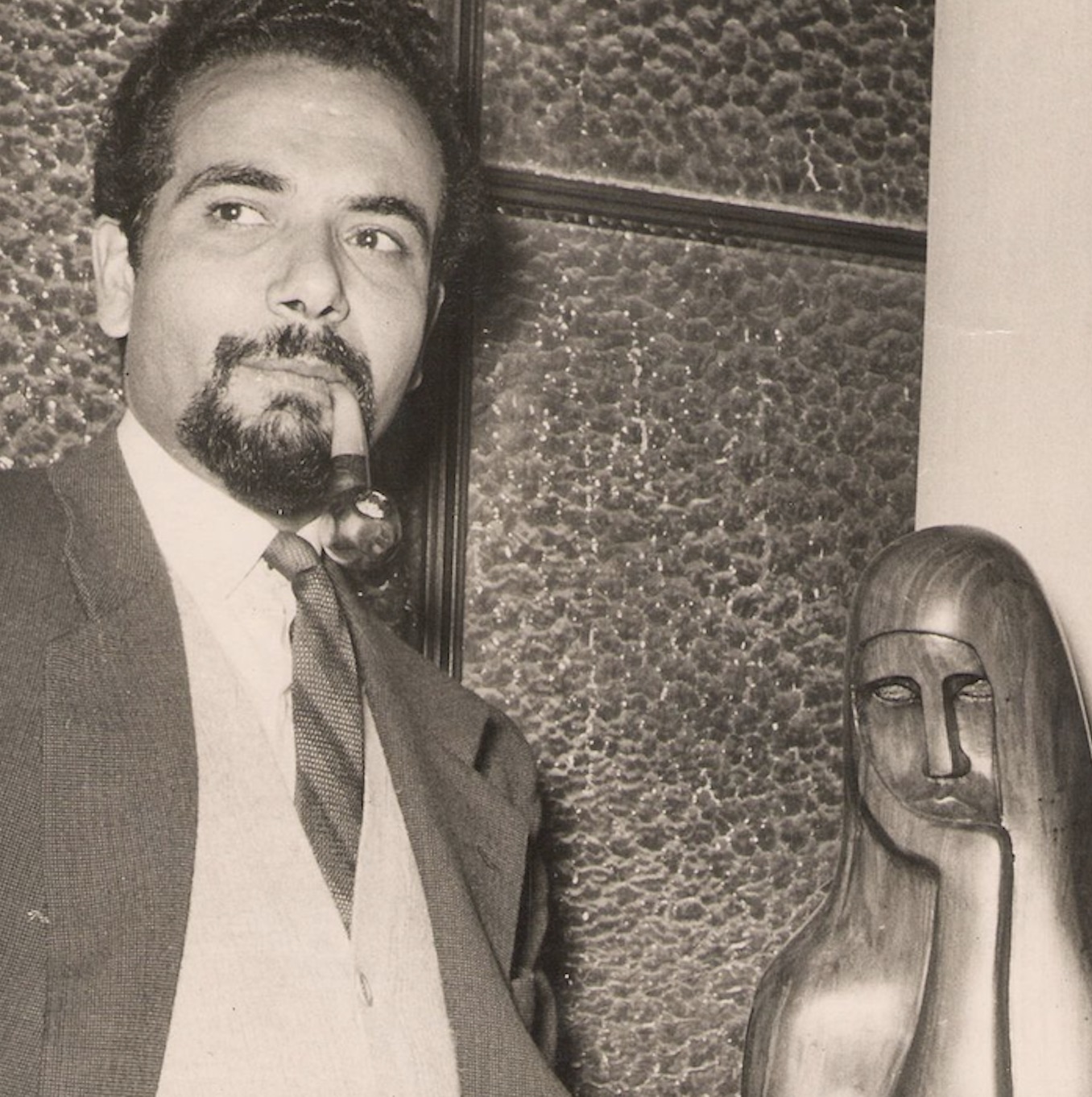
Described as the successor of Mahmoud Mokhtar, Gamal El-Sagini is recognized as one of the most influential Egyptian sculptors.
He graduated from the Higher School of Fine Arts in Cairo and then settled in Paris at the end of the 1930s, where he became inspired by the works of French sculptors Auguste Rodin and Antoine Bourdelle. El-Sagini was known as a social-realist artist who, for many years, was associated with the revolutionary era. One of his most famous pieces is the statue of the Prince of Poets, Ahmed Shawky, which stands at the Borghese Gardens in Rome, Italy.
Hassan Heshmat (1920 – 2006)
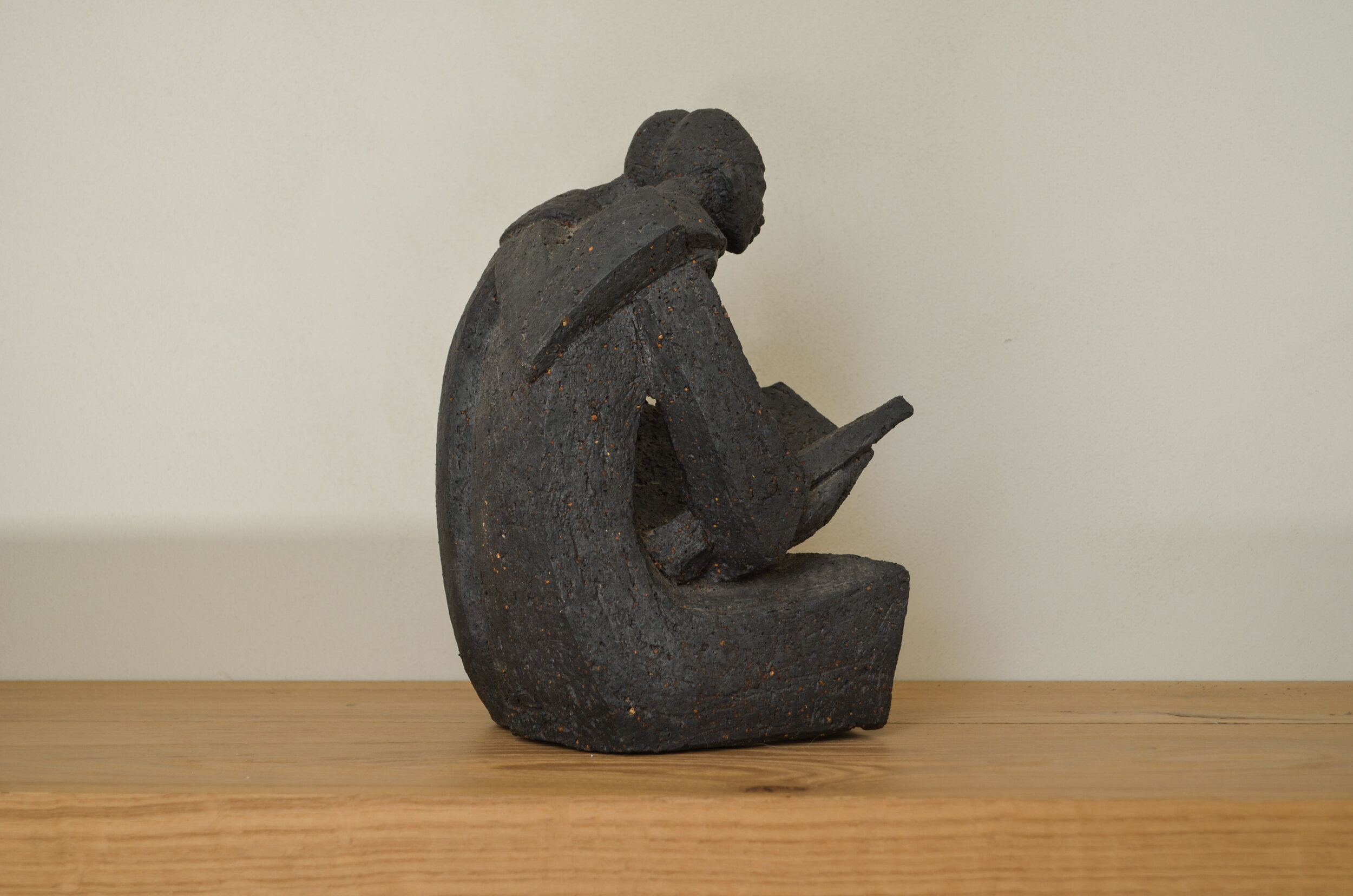
Sculptor Hassan Hishmat established himself as a pioneer and founder of an individual school of sculpture. Influenced by the local environment, Heshmat was the first Egyptian sculptor to cast mini porcelain statues, which were widely admired in the 1960s.
In 1984, Heshmat shifted his focus to monumental sculptures, murals and ceramics, which became the landmarks of squares and institutions in Egypt and abroad.
Adam Henein (1929 – 2020)
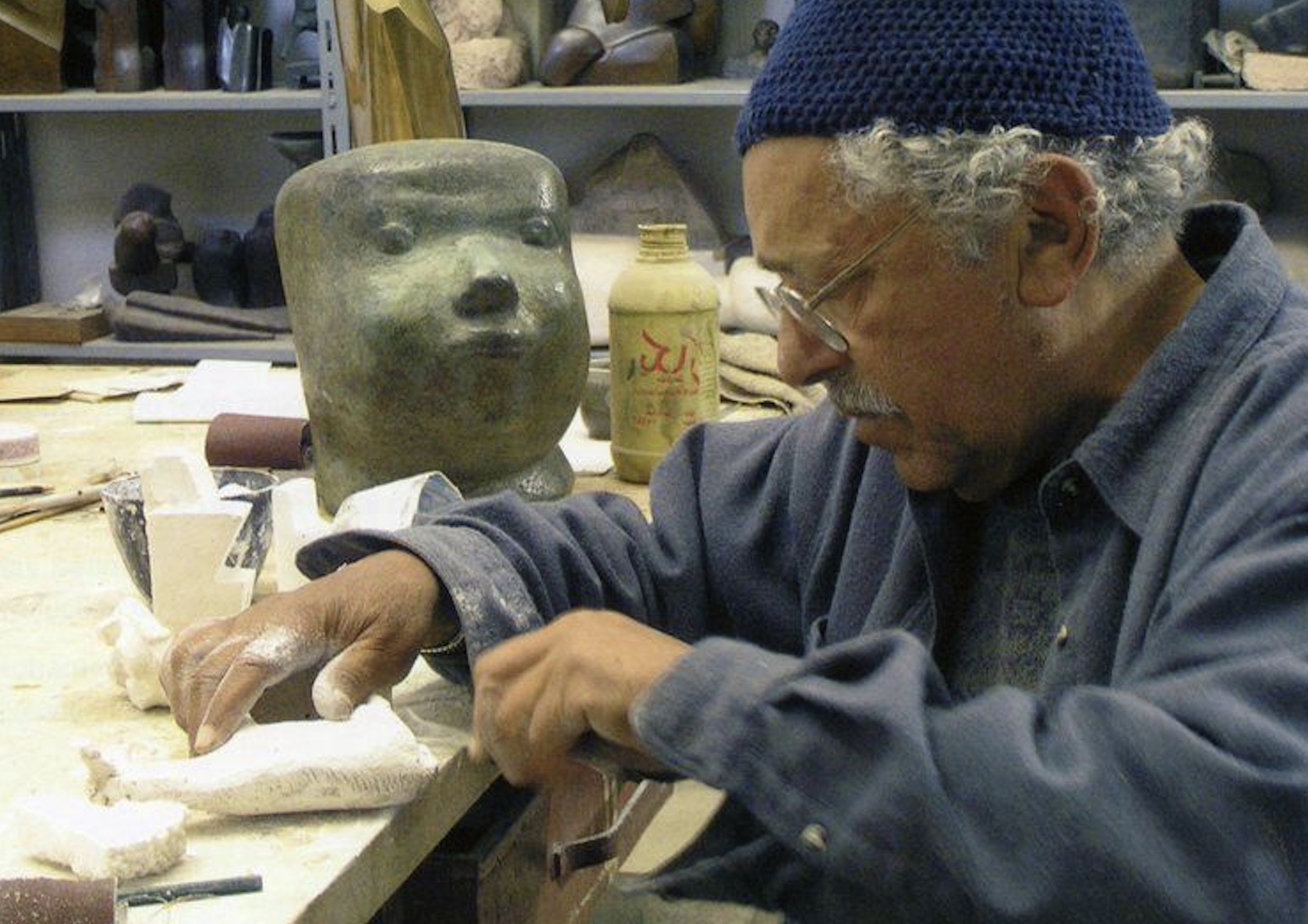
At the age of eight, Egyptian sculptor Adam Henein modeled a clay figure of Ramses II. The young boy grew up to become one of the most innovative Egyptian artists of the 20th century. Henein is celebrated for his sculptural work in bronze, wood, clay, and granite.
He transforms solid material into ethereal presences through the use of simple lines, capturing the essentials of modernist form. Henein studied Sculpture at the School of Fine Arts in Cairo until 1953, and continued studying his craft in Munich and Paris until 1996.
Upon his return to Egypt, Henein largely contributed to Egypt’s cultural arena; he founded the International Sculpture Symposium in Aswan. His work has been exhibited all over Egypt, and in other parts of the world, including Europe, and the Metropolitan Museum of Art in New York City.
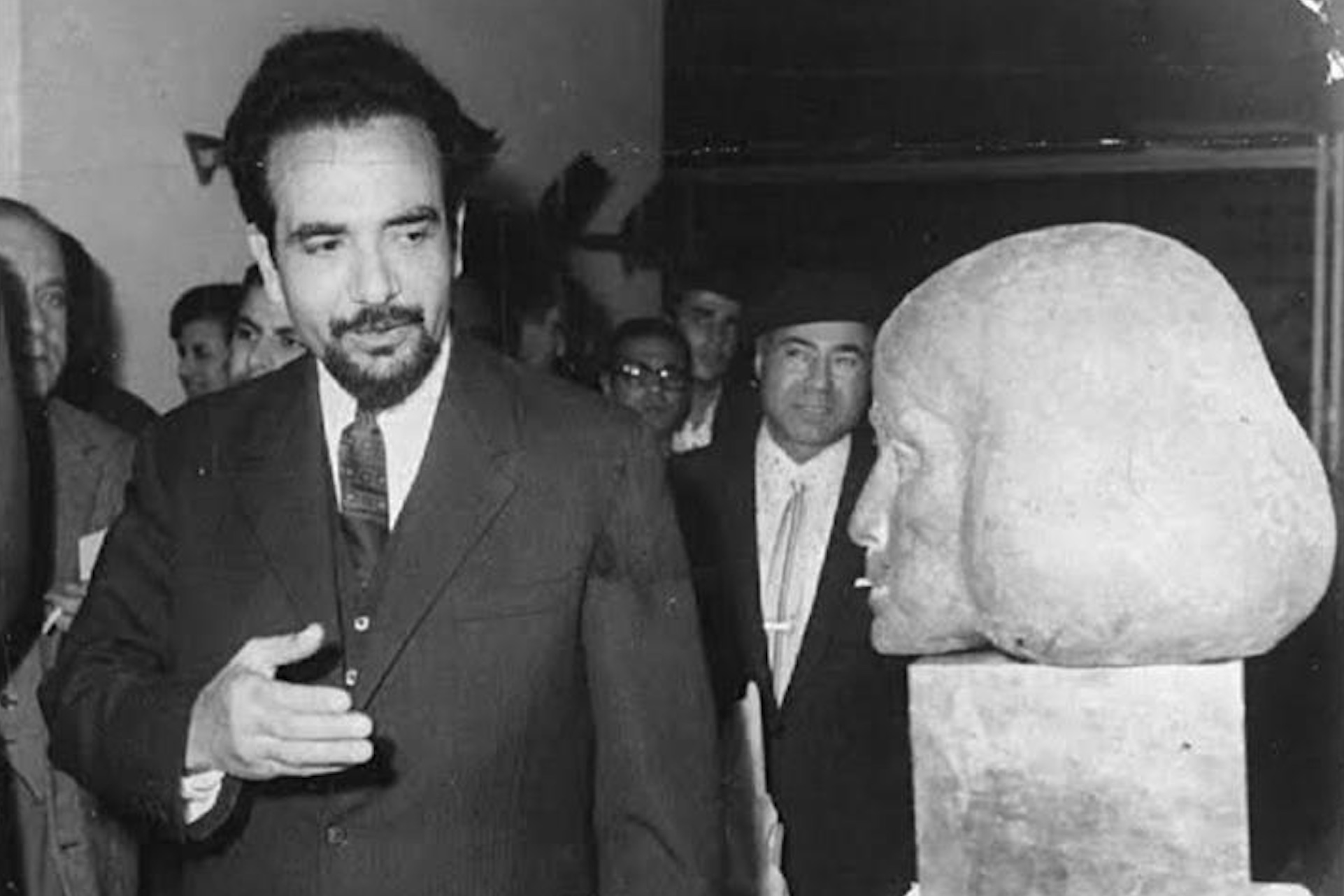




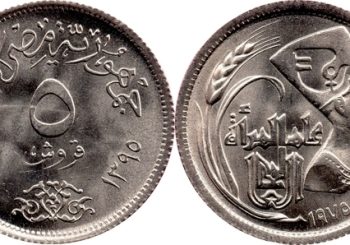
Comments (0)